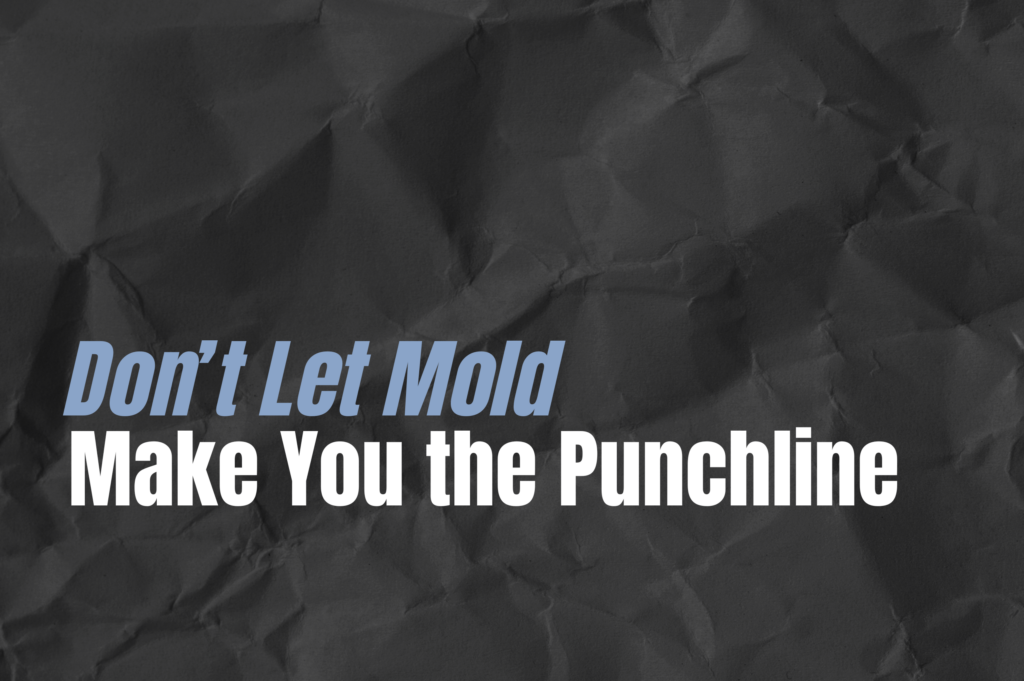Start 2025 Off on the Right
The new year is here, and it’s time to leave the past behind, right? That means no more dragging around last year’s baggage—whether it’s the pile of holiday leftovers or, in your case, any lingering property damage you might’ve overlooked. Trust us, there’s no better way to start fresh than by scheduling your property inspection before the new year begins.
Why Schedule a Property Inspection Before 2025?
Let’s face it, life’s busy, and it’s easy to postpone minor repairs—especially when the holiday hustle takes over. But here’s the thing: last year’s storm damage could cost you big time if you don’t act quickly. Damage from hail, wind, or general wear and tear doesn’t just sit idle; it gets worse with time, especially when seasonal threats come into play. Freezing temperatures can expand small cracks, ice can worsen leaks, and heavy snow adds stress to already compromised structures.
By scheduling a property inspection before the year ends, you’re not just addressing existing damage—you’re protecting your home or business from the added risks winter brings. A professional inspector can catch issues that might have slipped through the cracks, giving you the chance to fix them before snow and ice turn minor problems into major headaches. Take action now to avoid scrambling in the new year when the damage (and the repair costs) could be far worse.
Spot Damage Early and Save Money
Did you know that small roof leaks can quickly turn into major headaches? Today’s minor crack in your shingles could mean mold, water damage, or structural issues tomorrow. Often, the sooner you discover damage, the less you’ll have to pay for repairs. Plus, if you file your insurance claim in 2024, you may have more options and fewer headaches than if you wait until 2025, when claims pile up.
The Benefits of a Property Inspection Before the New Year
-
-
- Prevention is Key: Early detection of damage prevents more significant issues later.
- Time to Act: Get ahead of insurance deadlines to avoid the mad rush of the new year.
- Better Planning: Knowing the status of your property helps you plan for the years ahead—whether it’s setting aside funds for repairs or getting a jump on contractors.
-
Don’t Let Last Year’s Damage Hang Around
So why wait? As tempting as it is to “forget” about that missing shingle or roof leaf, leaving those issues unresolved is just bringing last year’s baggage into 2025. Schedule your property inspection today and confidently step into the new year knowing your property is safe and secure.
Ready to start? Contact us to schedule your inspection and prepare 2025 for a fresh start—not old headaches!
"*" indicates required fields

